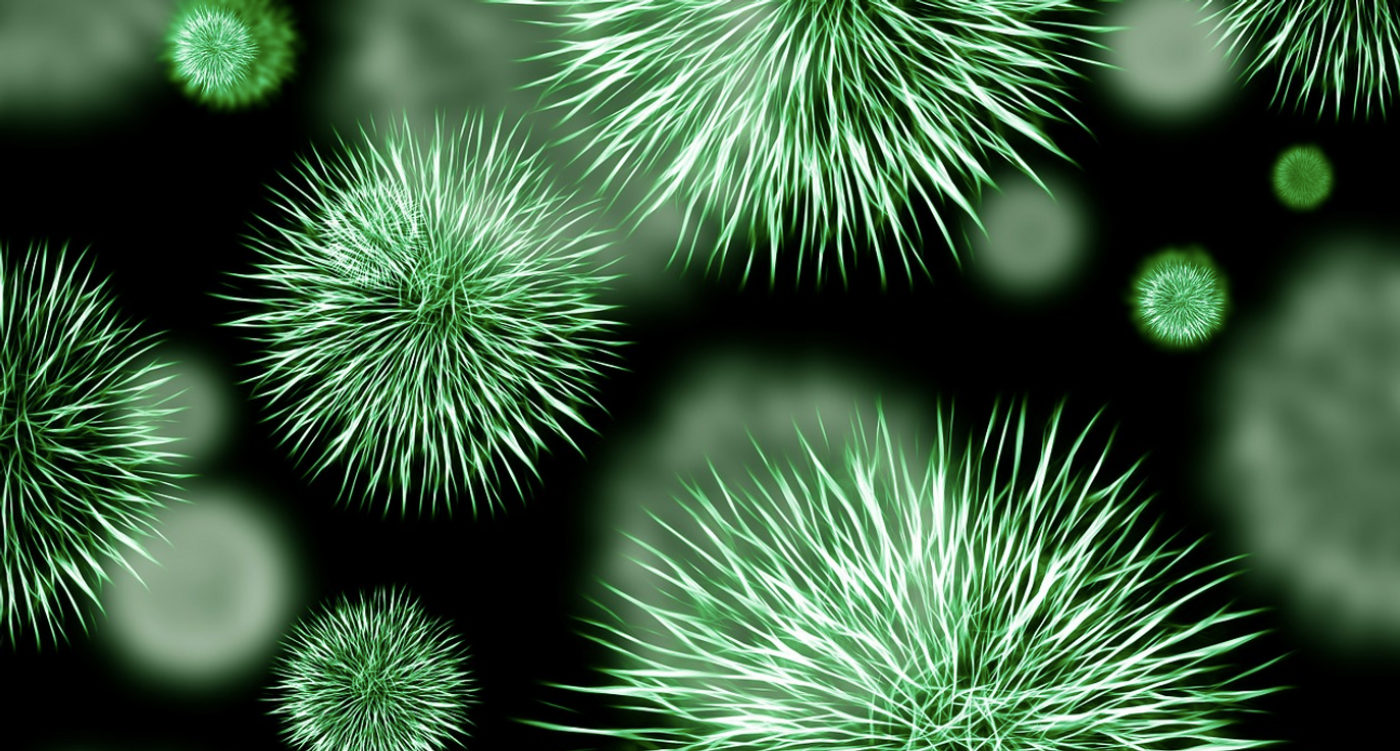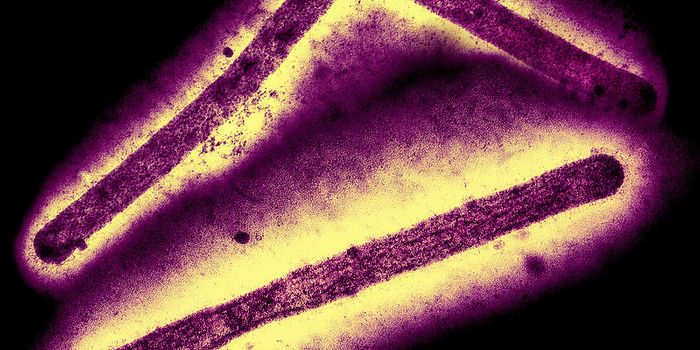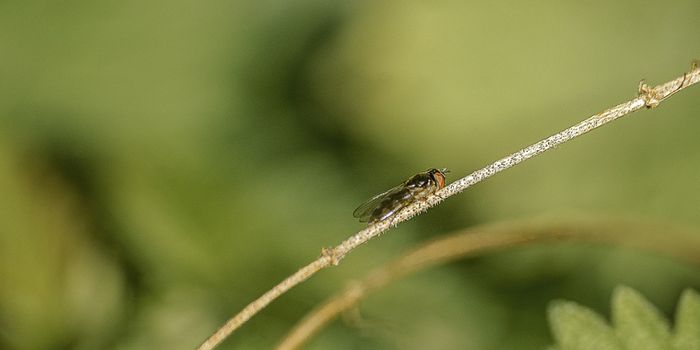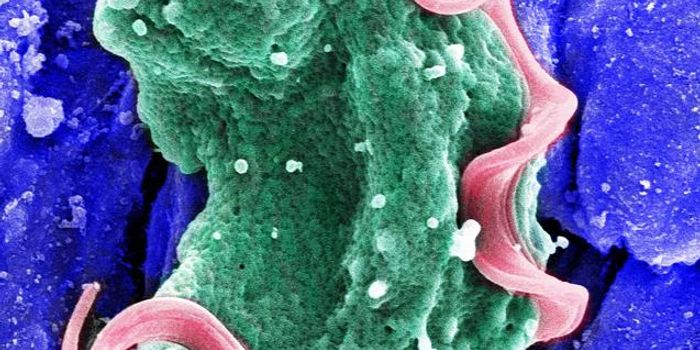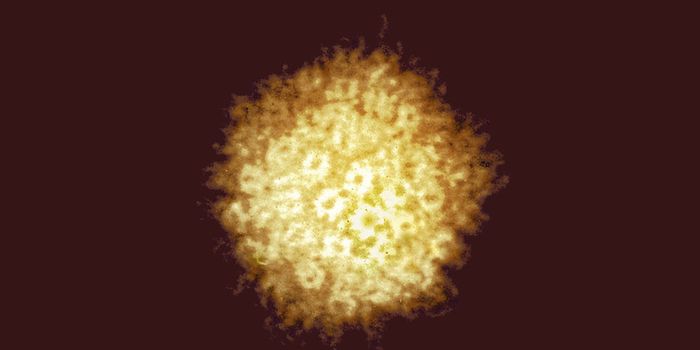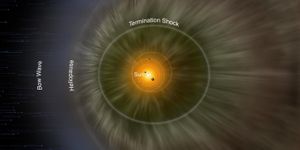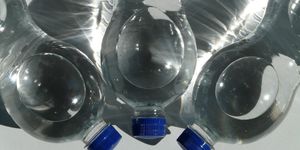DNA - It's What's for Dinner (For Some Bacteria)
There may be a trillion species of microbes on the planet, so clearly there's still a lot we don't know about these microscopic life forms. We are still discovering the many ways microorganisms utilize different substances for energy; there are bacteria that can use electricity, or sunlight, or molecules like DNA that come from decaying organisms as food.
"From the bacteria's perspective DNA is particularly nutritious," noted Kenneth Wasmund, a microbiologist at the Centre for Microbiology and Environmental Systems Science (CMESS) at the University of Vienna. "It's essentially a fertilizer. After all, it is a chain of millions of pieces of sugar and phosphorus- and nitrogen-containing bases."
Microbes are a critical part of the cycles of life on Earth. When organisms die, cells that contain DNA eventually break down, so extracellular DNA can be commonly found in the environment. Many microorganisms can break down complex biomolecules, recycling important elements like carbon in the atmosphere and ocean. Sediment on the seafloor is another source of nutrition for microbes. Researchers have now identified DNA-consuming marine microbes. The findings have been reported in Nature Microbiology.
"Our study identifies some of these microbial players and reveals their lifestyles. At the same time, it tells us something about what happens to the vast amounts of DNA that are constantly released into the environment but do not accumulate anywhere and, accordingly, are obviously somehow being recycled," lead study author Wasmund explained.
Though previous work has suggested that microbes can use DNA for an energy source, this may be the first to find them outside the lab. The researchers collected samples from the bottom of the sea between Canada and Greenland, called the Baffin Bay. "Our research has now focused on microbes that actually live and actively function in the seafloor while using DNA as a food source," said Wasmund.
The bacteria in the sediment were taken to the lab and exposed to DNA that had been radioactively labeled. This way, the researchers could actually track carbon atoms in the DNA as it was consumed and metabolized by the bacteria.
The scientists also did a genetic analysis of the microbes, which revealed genes that encode for enzymes that can break DNA molecules down into smaller pieces that can be easily consumed. One species seemed particularly adept at eating DNA; the researchers named them Izemoplasma acidinucleici.
Sources: AAAS/Eurekalert! via University of Vienna, Nature Microbiology
